Top 15 Landmarks in London

– This post was written by Mick Murray –
A city is often defined by its most iconic landmarks – and London has plenty of those. From locations that helped shape the course of history to modern architectural triumphs, here are some unmissable places to admire on your next trip to the Big Smoke.
Historic London Landmarks (1-8)
1. The Tower of London

What’s the story?
The Tower of London is one of those iconic landmarks that has been not just in the background, but at the forefront of some of England’s most historic events over the last 1,000 years. Originally built in 1078 by William the Conqueror as part of the Norman Conquest of England, it has served as a royal residence, a strategic defensive fortress, a treasury, and the nation’s most infamous prison.
The Tower of London is where Queen Elizabeth I witnessed her darkest days, imprisoned by her arch-rival prior to becoming one of history’s most famous monarchs. It’s where the two young princes, the only figures standing in the way of Richard III becoming king, mysteriously disappeared. Guy Fawkes was tortured here, until he confessed to the Gunpowder Plot. In other words, it’s where some of English history’s most defining moments took place for centuries upon centuries.
What’s there to do?
These days, the tower features a distinct lack of imprisonment and torture – good news for visitors. But some age-old traditions have survived. The legendary Yeoman Warders are still a hugely popular sight, and the tower’s famous ravens travel freely around the grounds (and skies), responding only to the man with the greatest job title in the world: The Ravenmaster. The main attraction for most visitors, however, would be the Crown Jewels; the most powerful symbols of the British monarchy.
2. Buckingham Palace

What’s the story?
Buckingham Palace is a true London icon, and one of the most famous buildings in the world. Inextricably linked to the royal family, it’s been the official London-based residence of the British monarch since 1837. The palace’s imposing and ornate gates keep out millions of visitors every year, all hoping to get a glimpse into royal life. Foreign dignitaries are often received here by the royal family, and knighthood ceremonies have taken place in the palace’s ballroom for almost two centuries.
One of the most impressive visual icons that gives Buckingham Palace its identity as one of the top London landmarks is the Victoria Memorial, located directly outside of the palace’s gates. This giant marble and bronze sculpture, designed to commemorate the first royal who took Buckingham Palace as her official residence, is one of the most visually impressive in all of London.
What’s there to do?
Visitors to Buckingham Palace can admire the famous Changing of the Guard ceremony, the colourful spectacle in which the red-and-black Queen’s Guard change their positions. Seeing these legendary guards in action is a tourist attraction in itself, even while they’re remaining completely (e)motionless on duty. And while you might not be able to get a private audience with your favourite member of the royal family, it’s possible to visit the State Rooms, which feature some of the finest works of art in the royal collection. You can also visit the Royal Mews, which unfortunately isn’t a kitten sanctuary (found that out the hard way), but does contain some beautiful carriages – including the elaborate Gold State Coach.
3. Palace of Westminster

What’s the story?
The Palace of Westminster is the UK’s political hub, home to the House of Commons as well as the House of Lords. It’s often referred to as the Houses of Parliament for this reason, but its official name was derived from the nearby Westminster Abbey (more on that one later). Royal palaces have been constructed on this site since the 11th century, and Westminster served as the main residence of British kings until 1512.
The Gothic Revival style of its architecture has become part of the international idea of what London looks like, and the Elizabeth Tower – part of the palace – can be considered a London landmark in and of itself. You might know it by its popular name, Big Ben. Aside from being visually stunning, Westminster Palace is a must-see for history buffs. Its importance to British politics throughout the centuries cannot be overstated; it’s the site where Sir Walter Raleigh was executed, where the infamous Gunpowder Plot failed, and where major political decisions have been made since the reign of Canut the Great (1016-1035).
What’s there to do?
Guided tours of the palace take place throughout the year, and are available for both overseas and local visitors. UK residents can apply to view sessions at the House of Commons for free (through their local MP), while foreign guests can queue for admission any time the House is in session. Besides touring the historic facilities, one of the most popular things to do is simply to admire the magnificent palace from various angles!
4. Westminster Abbey

What’s the story?
Indisputably one of the top landmarks in London, the famous Westminster Abbey has history dating back as far as 960-970 AD. Known for its spectacular Gothic architecture (similar to the adjacent Westminster Palace), this is the resting place for some of the most famous and influential figures of the last ten centuries. Most of England’s monarchs, including Elizabeth I, are entombed here. It’s the closest you can get, in the most literal sense of the word, to these iconic figures who shaped the course of world history.
It’s not just monarchs, though. Literary figures like Geoffrey Chaucer, Charles Dickens, Alfred Tennyson, and Jane Austen are all either buried or commemorated here. On top of the stunning architecture of the abbey itself, its link to British history makes it one of the top London landmarks for anyone interested in either fascinating historical figures or beautiful buildings.
What’s there to do?
There’s a variety of reasons to visit this UNESCO-listed abbey. Many people come to pay homage to their favourite poet, explorer, artist, while others just want to admire one of London’s most visually impressive architectural landmarks. It’s also a popular place of pilgrimage for royal family aficionados from around the world, having been used as the location for many royal weddings, including those of Queen Elizabeth II and Prince William.
5. Big Ben

What’s the story?
Ask anyone to draw you a picture of London, and it’s only a matter of time before you start seeing the outline of this iconic clock tower. This neo-Gothic marvel is not just one of the most recognisable London landmarks, but serves as a prominent symbol for the UK in general. In 2008, it was actually voted as the UK’s favourite landmark, defeating a sorely disappointed Stonehenge.
Designed by famous architect Augustus Pugin and completed in 1859, the London skyline wouldn’t be the same without this four-faced behemoth. While technically it’s part of the Palace of Westminster, Big Ben by itself deserves a mention for its impact on the global cultural consciousness as well as its imposing physical presence. Whether it’s covered in scaffolding or not, it’s a London must-see.
What’s there to do?
Right now, not a lot – the tower is undergoing renovation, which is projected to take place until 2021. However, there’s plenty to see and do in the Westminster area. Big Ben is within comfortable walking distance of other London landmarks like Westminster Abbey, the London Eye, 10 Downing Street, St. James’s Park, Buckingham Palace, and plenty more. There’s also a Tesco Express right across the street if you’re feeling like sampling some fine British cuisine.
6. St Paul’s Cathedral

What’s the story?
Another one of the most recognisable London landmarks, St Paul’s Cathedral is located on a site dating back to around 604 AD. Its history is marked by fire and strife, with the first cathedral (known as Old St Paul’s) originally being built by the Normans after a huge fire in 1087 – before construction was delayed by yet another fire in 1135. It wasn’t until 1240 that Old St Paul’s was finished. It stood tall until 1666, when – you guessed it – the Great Fire of London gutted the building.
After the cathedral was ruined by flames, along with the homes of 70,000 of the city’s then-80,000 inhabitants, the task of designing the new building fell to famous architect and scientist Sir Christopher Wren. Wren had conveniently been involved in repairs of the old cathedral for around five years, and had already prepared his design for a new dome. In other words, he was extremely prepared. Wren’s ultimate creation, built in elaborate English Baroque style, would end up dominating the London skyline for centuries – it was the tallest building in London between 1710 and 1963.
What’s there to do?
The most popular thing to do at St Paul’s is standing there with your mouth open, admiring how magnificent it all is. It really is a spectacular piece of architecture. There’s also plenty of star appeal for die-hard monarchists and history buffs; St Paul’s has served as a venue for occasions including royal weddings and the funerals of dignitaries including Winston Churchill and Margaret Thatcher. Christian visitors will be able to fully enjoy the purpose of the cathedral, which features daily services and hourly prayer sessions.
7. Shakespeare’s Globe

What’s the story?
Despite being a reconstruction of the original Globe Theatre, Shakespeare’s Globe remains one of the most popular London landmarks for visitors to the city. Shakespeare is inextricably linked to the English culture and language, and the Globe serves as a living reminder of the connection between the poet and London.
Located on the bustling South Bank, the Globe is a fairly realistic approximation of what the playhouse would have looked like back in Shakespeare’s day. The main difference is the amount of visitors allowed in – health and safety standards have improved significantly over the last four centuries. Presumably, it also smells a lot better these days.
What’s there to do?
There are frequent performances of Shakespeare’s greatest hits: A Midsummer Night’s Dream, The Tempest, As You Like It, and more. Theatre nerds will find themselves engrossed in modern interpretations of these classics, as well as the ability to take a guided tour of this iconic London landmark. Just don’t do the Hamlet monologue – it’s the theatre equivalent of playing Smoke on the Water in a guitar shop.
8. Trafalgar Square

What’s the story?
In the early 1800s, England found itself embroiled in the middle of the Napoleonic Wars. The Battle of Trafalgar in 1805 saw a total of 27 British ships successfully defeating 33 French and Spanish vessels, establishing Britain’s naval supremacy for centuries to come. The monumental battle was commemorated through this square, which features Nelson’s Column – named after Admiral Horatio Nelson, who died in battle while successfully leading the British forces to victory.
The history of the square as a London landmark dates back even further. Formerly known as Charing Cross, proximity to this area was used as a guiding point to measure distances across the city. In other words, it’s one of the most literal landmarks in London throughout history. It also served as a battlefield in itself – it was the site of the final battle of Wyatt’s Rebellion in 1554, which attempted to overthrow Queen Mary I (potentially at the behest of a political mastermind who would later become known as Queen Elizabeth I).
What’s there to do?
These days, Trafalgar Square is a popular meeting place for locals, a wonderful place to sit down and enjoy lunch, and a scenic destination for visitors to London due to the amount of statues and water features found around the area. It’s also one of the most popular places in London to celebrate New Year’s Eve, a popular Christmas destination, and one of the few public plazas in the world that has actively decided to fight back against our pigeon overlords.
Natural Landmarks in London (9-10)
9. The Thames

What’s the story?
Certainly at the top of the list of natural landmarks in London, the Thames has been the lifeblood river of the city for centuries. Its history dates back to prehistoric times, as early civilisations settled around the river, constructing mills, bridges, and eventually burial mounds. Influential British politician John Elliot Burns dubbed the Thames to be ‘liquid history’ due to its central position in some of the biggest historical events in the history of the United Kingdom.
The river gained huge strategic importance as early as Roman times, and proved to be an obstacle for Julius Caesar himself in 54 BC, when he encountered fierce resistance along the banks of the Thames. After the Romans eventually succeeded in their occupation of England, they built fortifications along the river in recognition of its crucial position. The ancient city of Londinium (you can see what this eventually became) developed around the north bank of this strategic area, gradually developing into the city we know today.
Over the years, the Thames has witnessed Romans, Vikings, and Norman invaders – to varying degrees of success – and has remained one of the few constants in the ever-changing society bustling around its banks.
What’s there to do?
The Thames is a tourist destination in itself, as well as providing access to and unique perspectives on other top London landmarks. Sightseeing boats frequently cruise along this historic waterway, past the Tower of London, Houses of Parliament, The Eye, and more. The river is also a popular destination for fans of art, literature, poetry, film, and television, due to its omnipresence in any form of media or art set in London. The Thames is where The Wind in the Willows took place, featured in the work of T. S. Eliot and William Wordsworth, was a heavy presence in the work of Charles Dickens (including Oliver Twist), and was the subject of paintings by artists including Claude Monet and J. M. W. Turner. In other words, simply seeing the Thames often brings people closer to some of their favourite artists and writers.
10. Hyde Park

What’s the story?
It’s been the site of duels, mega-concerts, a crystal palace, political demonstrations, and countless squirrel love affairs. Hyde Park is one of the indisputable London landmarks for locals and visitors alike. Right next to Buckingham Palace, the park’s expansive grounds feature two scenic lakes, statues and sculptures commemorating major historical events, and plenty of botanic delights.
The park began its life in 1536, as serial husband and hunting enthusiast King Henry VIII took the land from Westminster Abbey in order to use it as a hunting ground. Around a century later (once there was no longer a megalomaniac king hooting and hollering after foxes), the park opened up to the public and quickly became one of the most popular spaces in the city. Let that sink in – for four centuries and counting, locals have been coming here to relax!
What’s there to do?
Hyde Park is an unmissable London destination for visitors, and a stroll through this local landmark is the most scenic way to reach Buckingham Palace. You can admire the Marble Arch, Kensington Gardens, the lakes (and the assorted wildlife gathering in and around it), or just settle in for a bit of relaxation after walking around and exploring all day. It’s a great place for people-watching every day of the week, but the winter season is when the park really shines – the annual Hyde Park Winter Wonderland is among the best Christmas markets around the world.
Modern London Landmarks (11-15)
11. The London Eye

What’s the story?
Originally opened as a temporary attraction at the turn of the new millennium, the London Eye quickly became one of the most iconic London landmarks. This huge cantilevered observation wheel (don’t call it a Ferris wheel) was designed by a husband-and-wife team of architects, Julia Barfield and David Marks, and offers some of the best views of the city around.
The eye-catching design has won praise from many different sectors and voices, including the following claim by renowned architect Sir Richard Rodgers:
“The Eye has done for London what the Eiffel Tower did for Paris, which is to give it a symbol and to let people climb above the city and look back down on it. Not just specialists or rich people, but everybody. That’s the beauty of it: it is public and accessible, and it is in a great position at the heart of London.”
After being likened to the city’s equivalent of the Eiffel Tower, there’s no denying that it’s one of the top landmarks in London.
What’s there to do?
The Eye in itself is quite spectacular to look at, especially when it’s illuminated at night. Strolling along the South Bank area in the evening is made so much better by the romantic sight of this gigantic wheel glowing against the night sky (seriously, it’s more romantic than it might sound). The main attraction for visitors, however, is a ride in the Eye’s capsules. It gives you the chance to take remarkable photos of London’s cityscape and top landmarks, and moves slowly enough to be a relaxing and thoroughly enjoyable way to spend 30 minutes or more.
12. The Shard

What’s the story?
When it comes to London landmarks, it doesn’t get much bigger than The Shard. Actually, it doesn’t get any bigger at all – it’s the tallest building in the entire United Kingdom. Designed by architect Renzo Piano, this 95-storey skyscraper resembles a gigantic shard of glass piercing the sky, and it towers over the London skyline like no other building.
Construction on The Shard began in 2009, and the building was inaugurated in 2012. In 2014, it was named as the world’s best new skyscraper due to its exceptional design, and labelled as ‘London’s new emblem’. There’s no getting around The Shard as being one of the city’s most iconic and visible buildings, and it’s one that’s redefined the London skyline since its inception.
What’s there to do?
As you might expect from a building that’s over 309 metres tall, The Shard has some pretty spectacular views over the city of London. It’s a great place for locals and visitors alike to fully appreciate just how big and beautiful the Big Smoke is. People with a taste for the finer things in life can also indulge themselves at Europe’s highest Moët & Chandon bar, all while admiring local landmarks like the London Eye, the Tower of London, St Paul’s, the Thames, and more.
13. Tower Bridge

What’s the story?
Often confused with the significantly less visually impressive London Bridge, the Tower Bridge is one of the most famous London landmarks, recognised around the world for its iconic towers. Built between 1886 and 1894 (just late enough to be considered ‘modern’), the bridge spans across the Thames and is used by vehicles and pedestrians alike.
While the bridge is considered an undeniable London icon these days, the initial public reception left something to be desired. Henry Heathcote Statham, professional architect, editor, and presumably a delight at dinner parties, described it as representing “… the vice of tawdriness and pretentiousness, and of falsification of the actual facts of the structure“. Artist Frank Brangwyn took an equally dim view of the bridge, stating that “a more absurd structure than the Tower Bridge was never thrown across a strategic river”.
Despite a frosty initial reception, the bridge has since been billed as one of Britain’s top architectural landmarks, and is an icon of the modern city.
What’s there to do?
While visually imposing from anywhere, the Tower Bridge is best admired from a variety of angles. You can float underneath it on a Thames river cruise, cross it by foot or by car, and even explore its Victorian-era insides in a fascinating exhibition. The bridge’s walkways offer panoramic views across the entire city, and give you a bird’s-eye view of plenty more London landmarks.
14. Wembley Stadium

What’s the story?
It’s one of the world’s most iconic sporting arenas, and one of the most prestigious venues in association football. The original Wembley Stadium, demolished between 2002 and 2003, was one of the sport’s most loved and revered arenas. Pele, widely regarded as history’s greatest ever football player, made many questionable statements in his career, but he was correct when he said Wembley was ‘’…the cathedral of football. It is the capital of football and it is the heart of football.“
The new stadium opened in 2007, and has quickly taken over where its predecessor left off. It’s hosted multiple Champions League final games, gold medal matches at the 2012 Olympics, as well as prominent Rugby League matches and concerts by Metallica, Bon Jovi, Rihanna, Usher, Taylor Swift, Beyoncé, Green Day, and more.
What’s there to do?
Aside from viewing football matches and concerts (which admittedly would be the primary reason most people go to Wembley), there’s also the option of taking a fascinating behind-the-scenes tour at this London landmark. Football fans can admire the original FA Cup, as well as England’s very own World Cup trophy, and stand where their heroes (and bitter rivals) have stood on matchdays past.
15. 30 St Mary Axe (The Gherkin)

What’s the story?
It may not be one of the oldest or most historic landmarks in London, but it certainly has become one of the most immediately iconic. Opened in 2004, this 41-floor skyscraper has quickly become a fixture on the financial district skyline, and is recognised as one of London’s top examples of contemporary architecture.
Nicknamed ‘The Gherkin’ for its distinctive shape, this unique building can be seen from miles away – literally. It looms along the skyline from as far off as Windsor Great Park, around 30 miles to the west, and a solid 1.5 hours away by car.
What’s there to do?
Despite its unique shape and fantastic name, The Gherkin is mostly used as an office building. Unfortunately, there aren’t a lot of crazy shenanigans to be discussed. It is a great place to find yourself accidentally on TV though – many TV shows are filmed in and around the building and the surrounding neighbourhood. Anyone wanting to get a taste of the high life can also visit the excellent Searcys at The Gherkin, with cuisine dining at Helix restaurant as well as great drinks (and views over London) at the IRIS bar. Both are located near the very top of the building!
 Art Museums in Paris
Art Museums in Paris Zoos in Rome
Zoos in Rome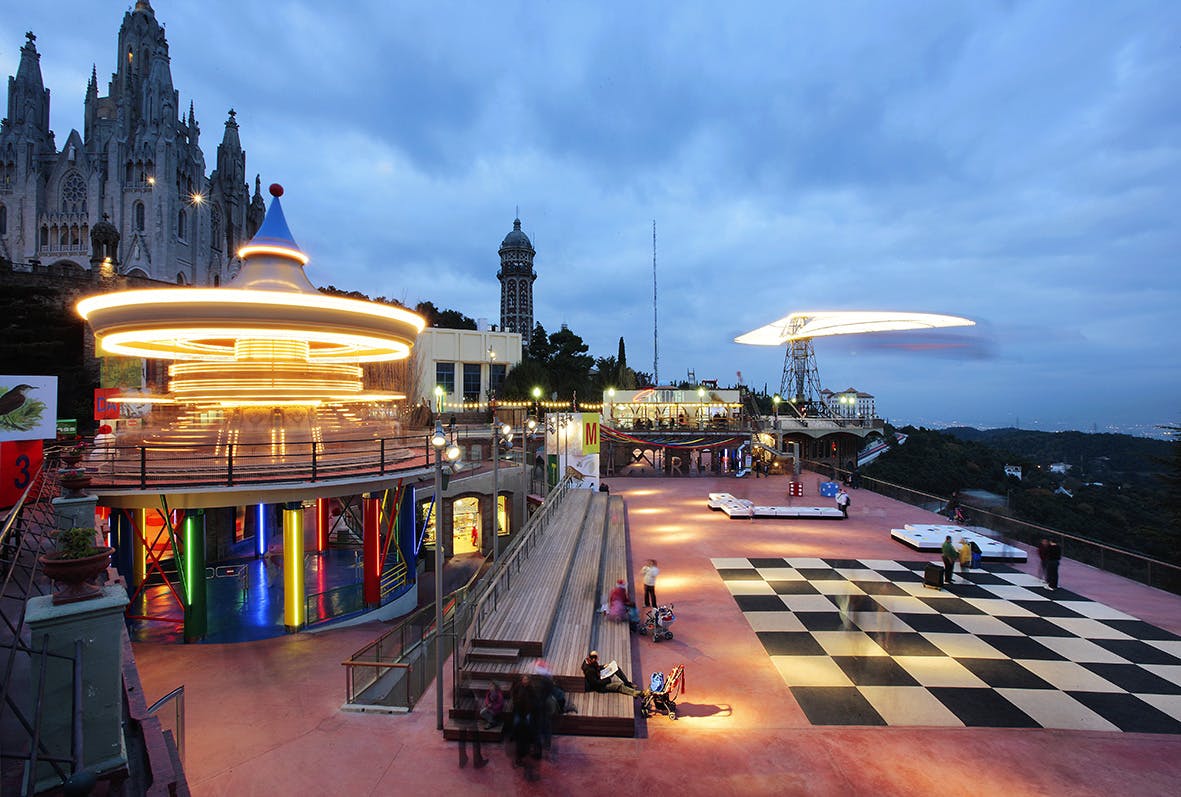 Theme Parks in Barcelona
Theme Parks in Barcelona Historical Sites in Rome
Historical Sites in Rome Distilleries in Edinburgh
Distilleries in Edinburgh Fado Shows in Porto
Fado Shows in Porto Paris
Paris Vienna
Vienna Rome
Rome Florence
Florence Barcelona
Barcelona Porto
Porto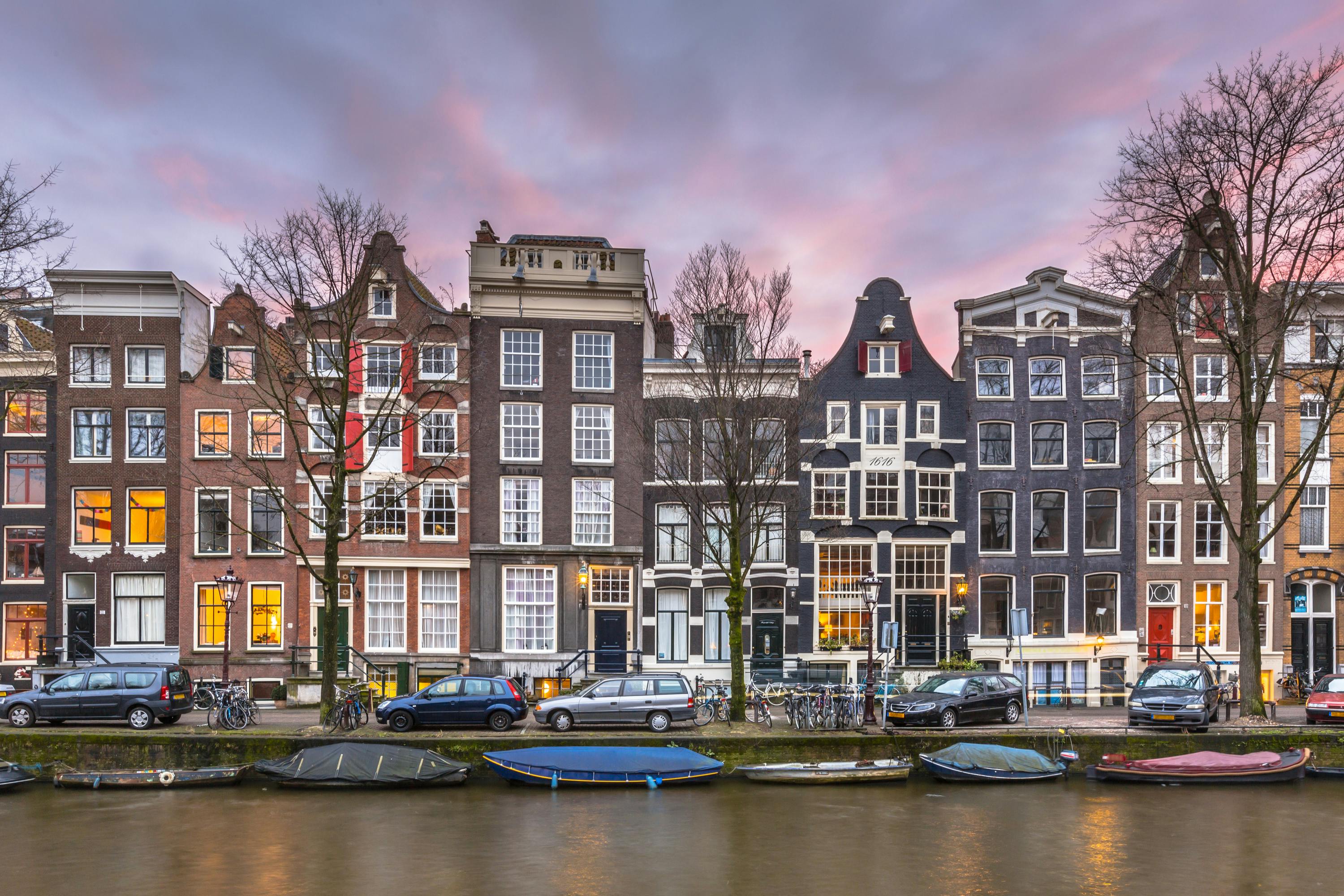 Amsterdam
Amsterdam Venice
Venice London
London Lisbon
Lisbon Berlin
Berlin Milan
Milan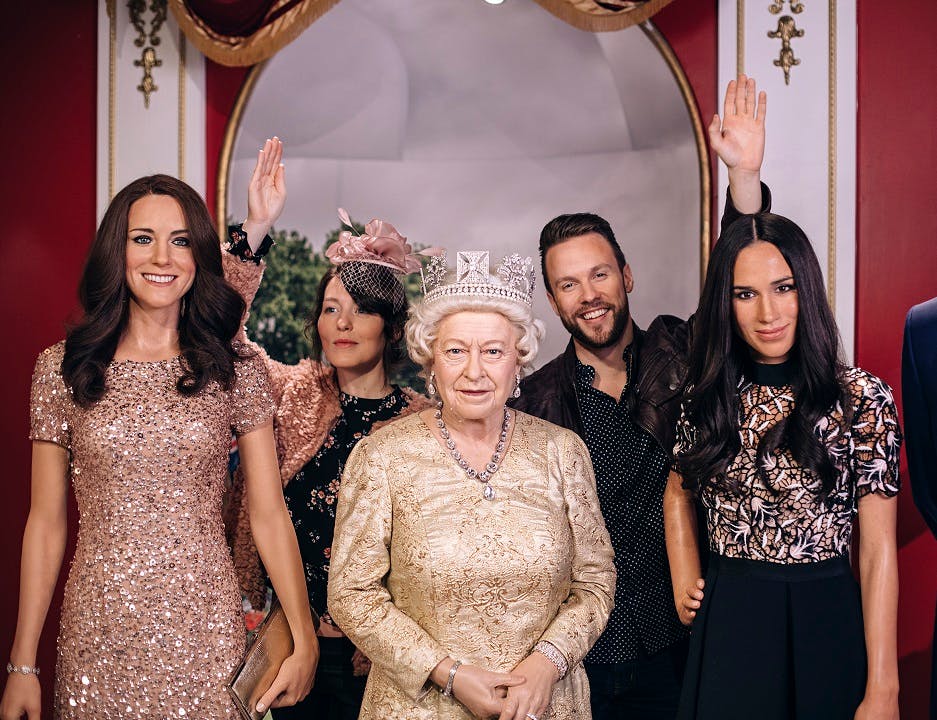 Interactive Museums in New York
Interactive Museums in New York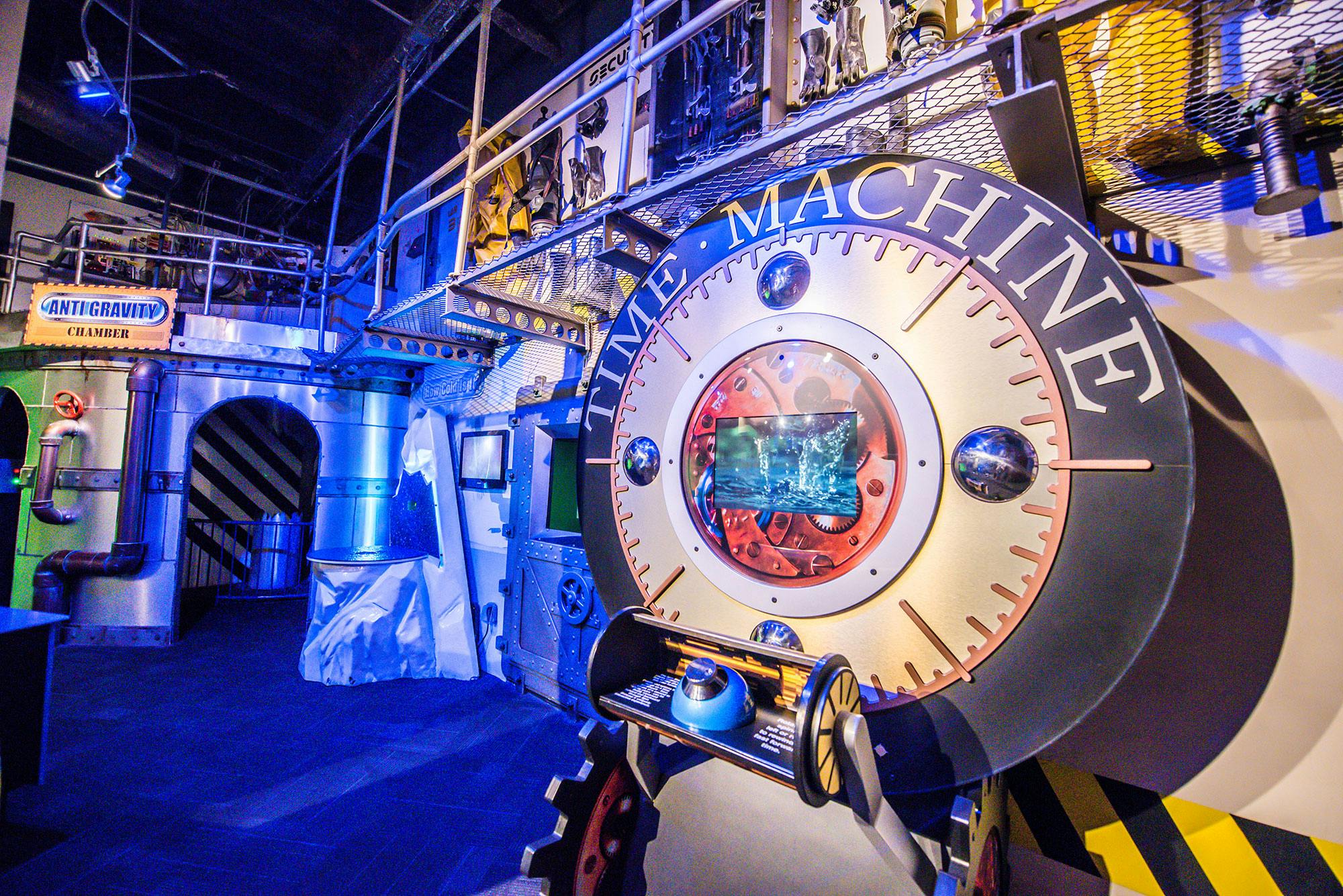 Theme Parks in Orlando
Theme Parks in Orlando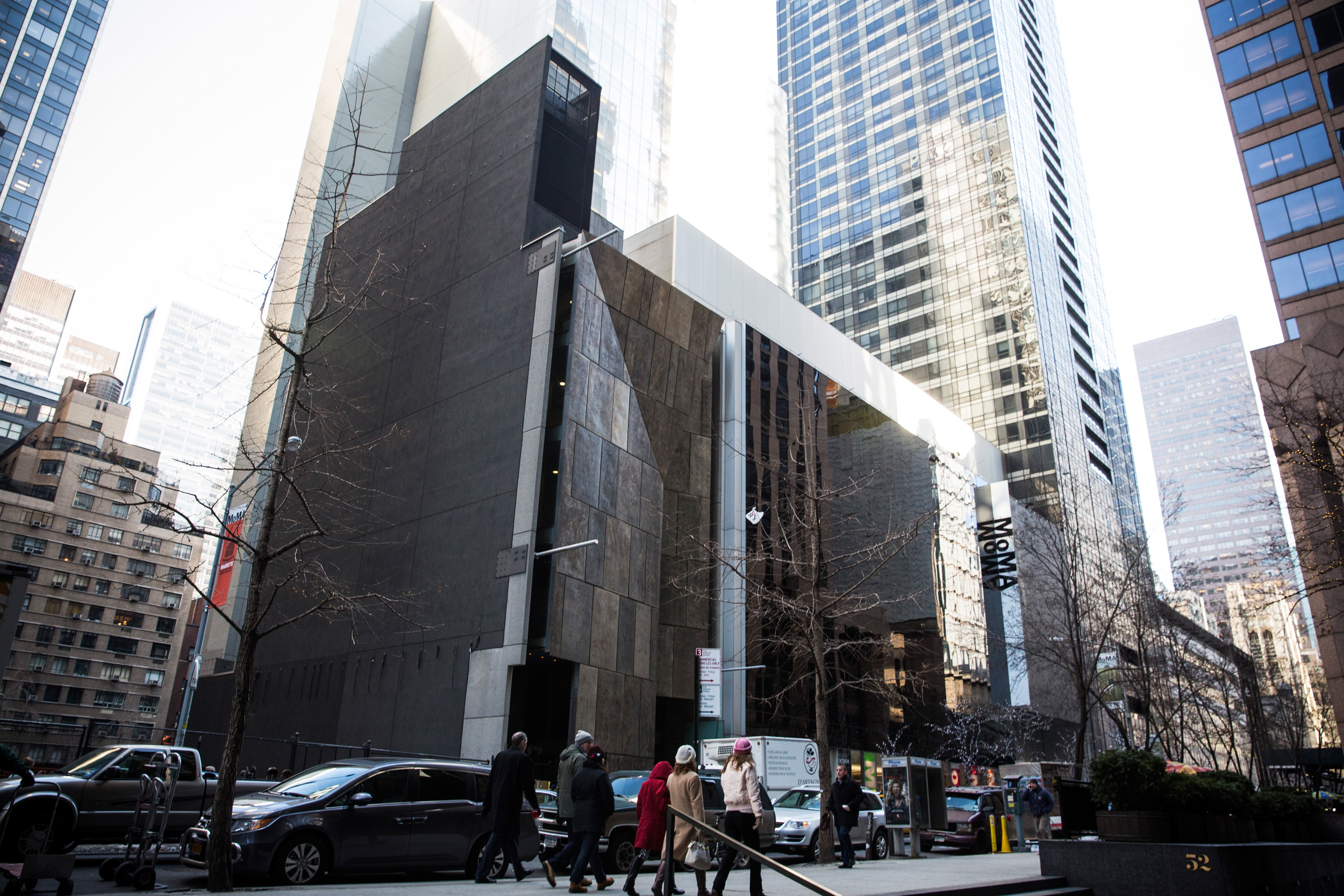 Art Museums in New York
Art Museums in New York Zoos in Orlando
Zoos in Orlando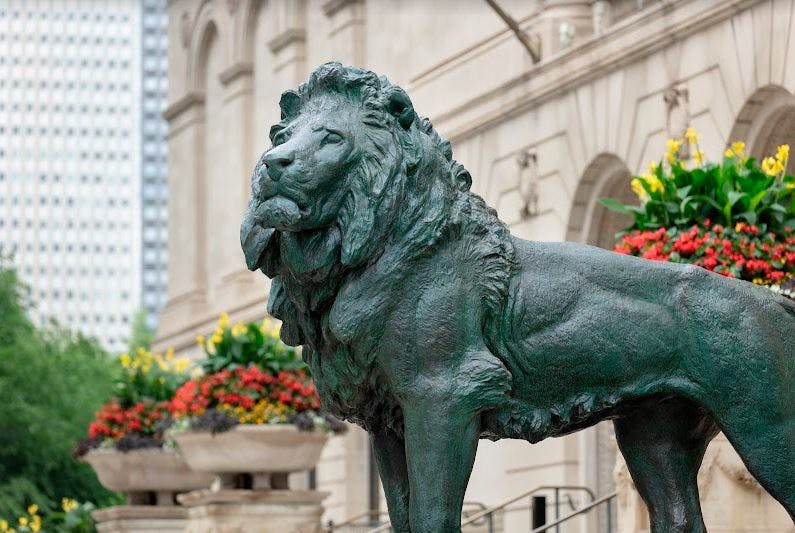 Art Museums in Chicago
Art Museums in Chicago Aquariums in Tampa
Aquariums in Tampa Orlando
Orlando Las Vegas
Las Vegas New York
New York Mexico City
Mexico City San Francisco
San Francisco Boston
Boston Atlanta
Atlanta Los Angeles
Los Angeles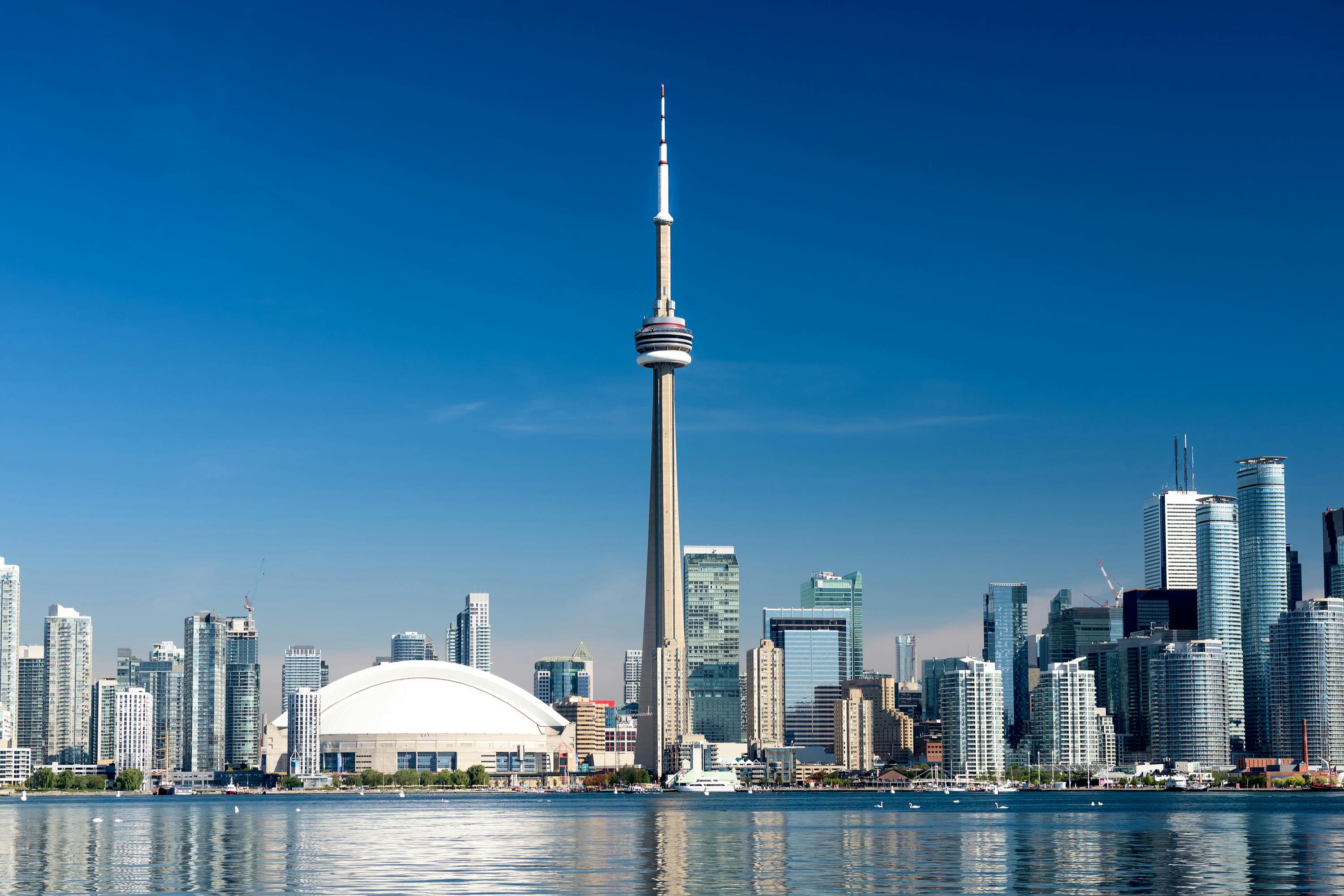 Toronto
Toronto Chicago
Chicago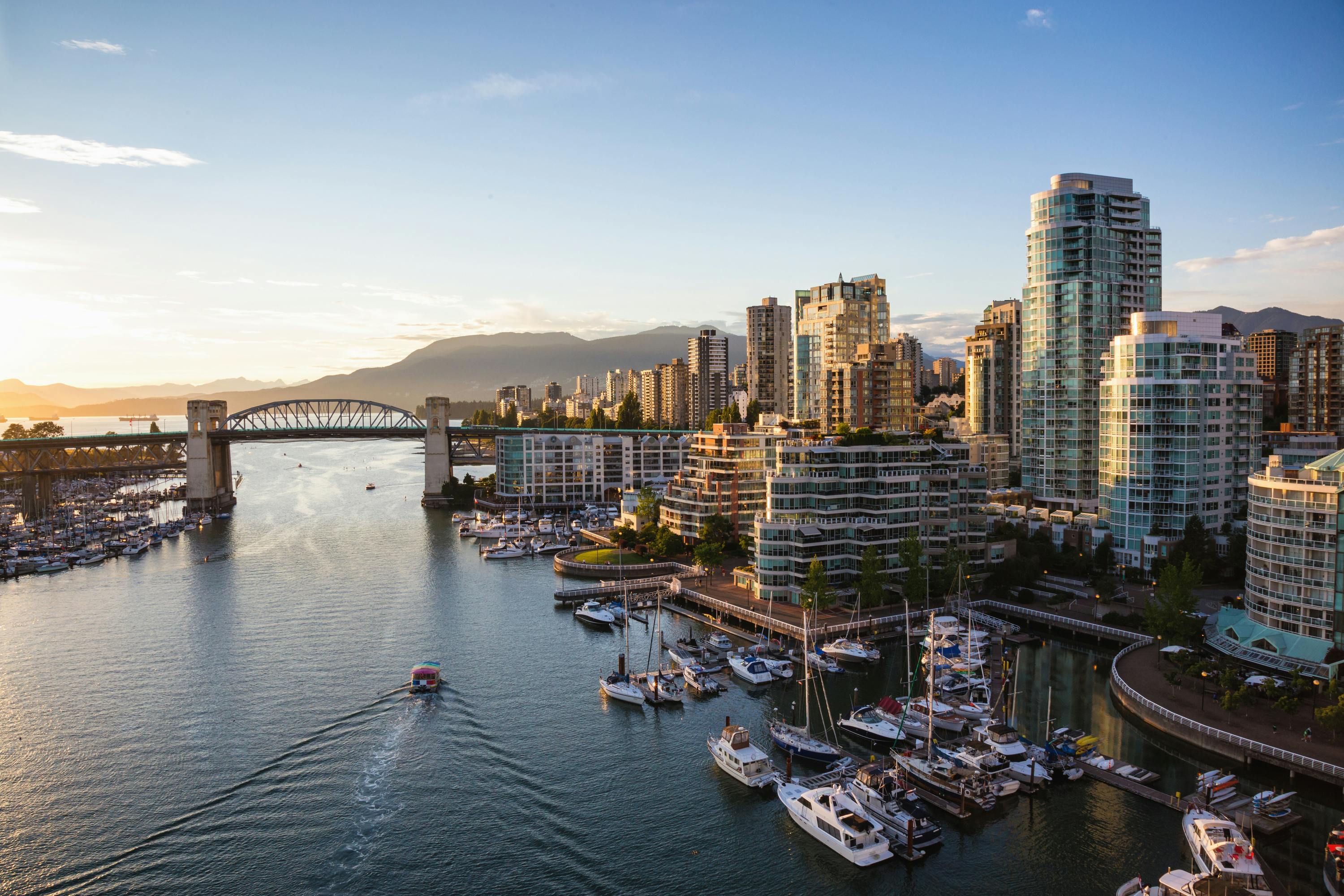 Vancouver
Vancouver Seattle
Seattle Water Parks in Dubai
Water Parks in Dubai Theme Parks in Dubai
Theme Parks in Dubai Aquariums in Dubai
Aquariums in Dubai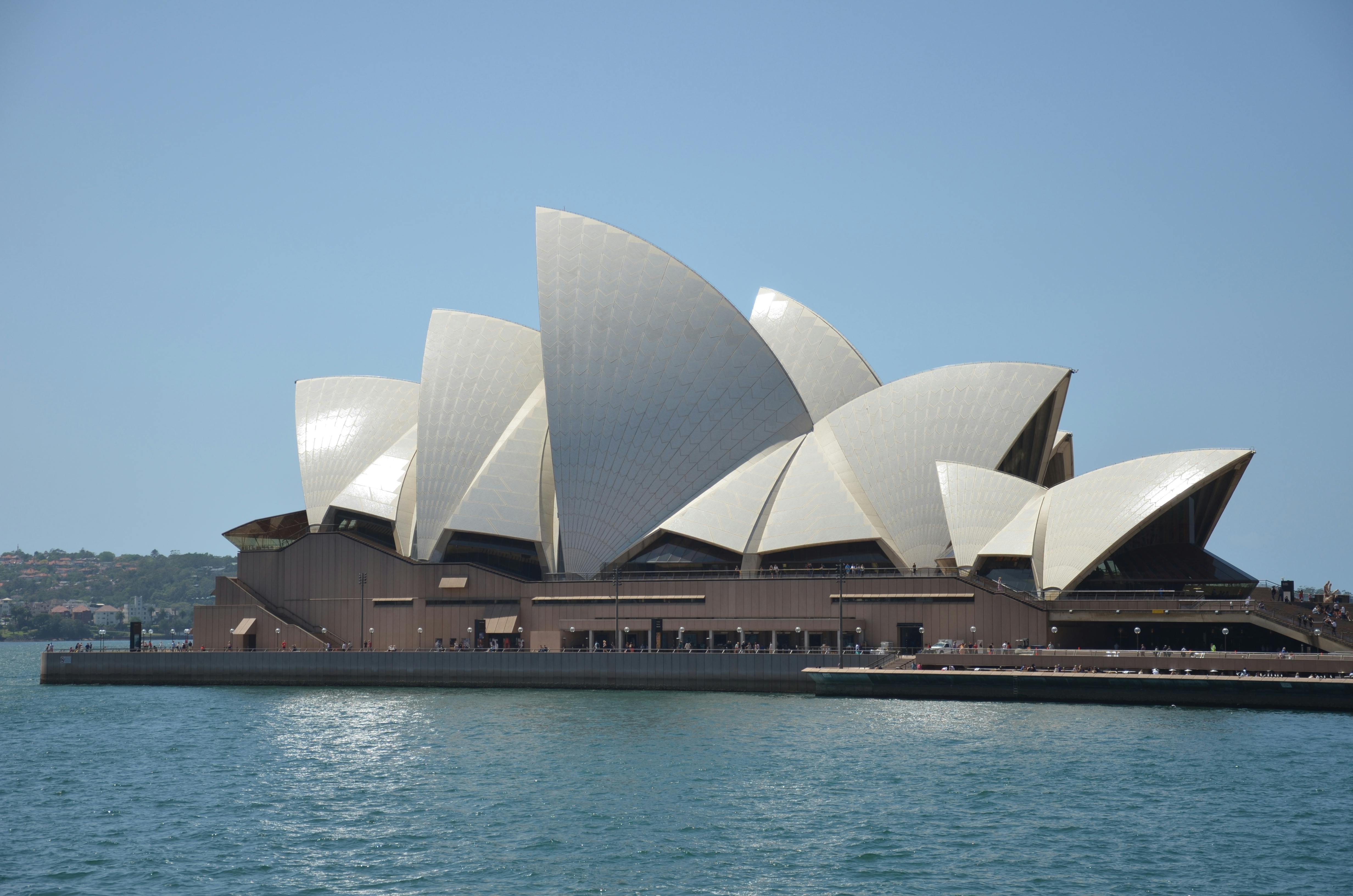 Opera in Sydney
Opera in Sydney Zoos in Sydney
Zoos in Sydney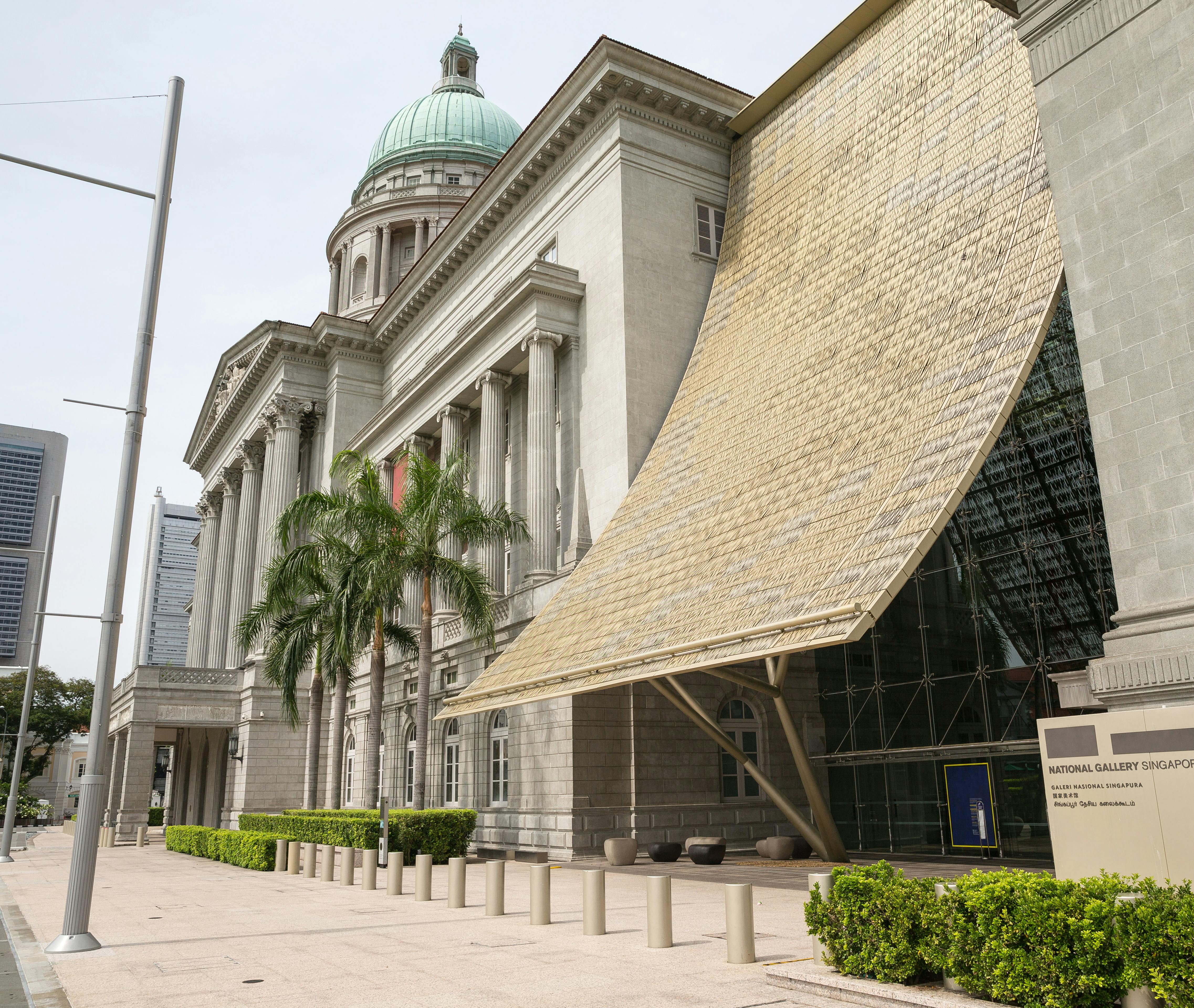 Art Museums in Singapore
Art Museums in Singapore Dubai
Dubai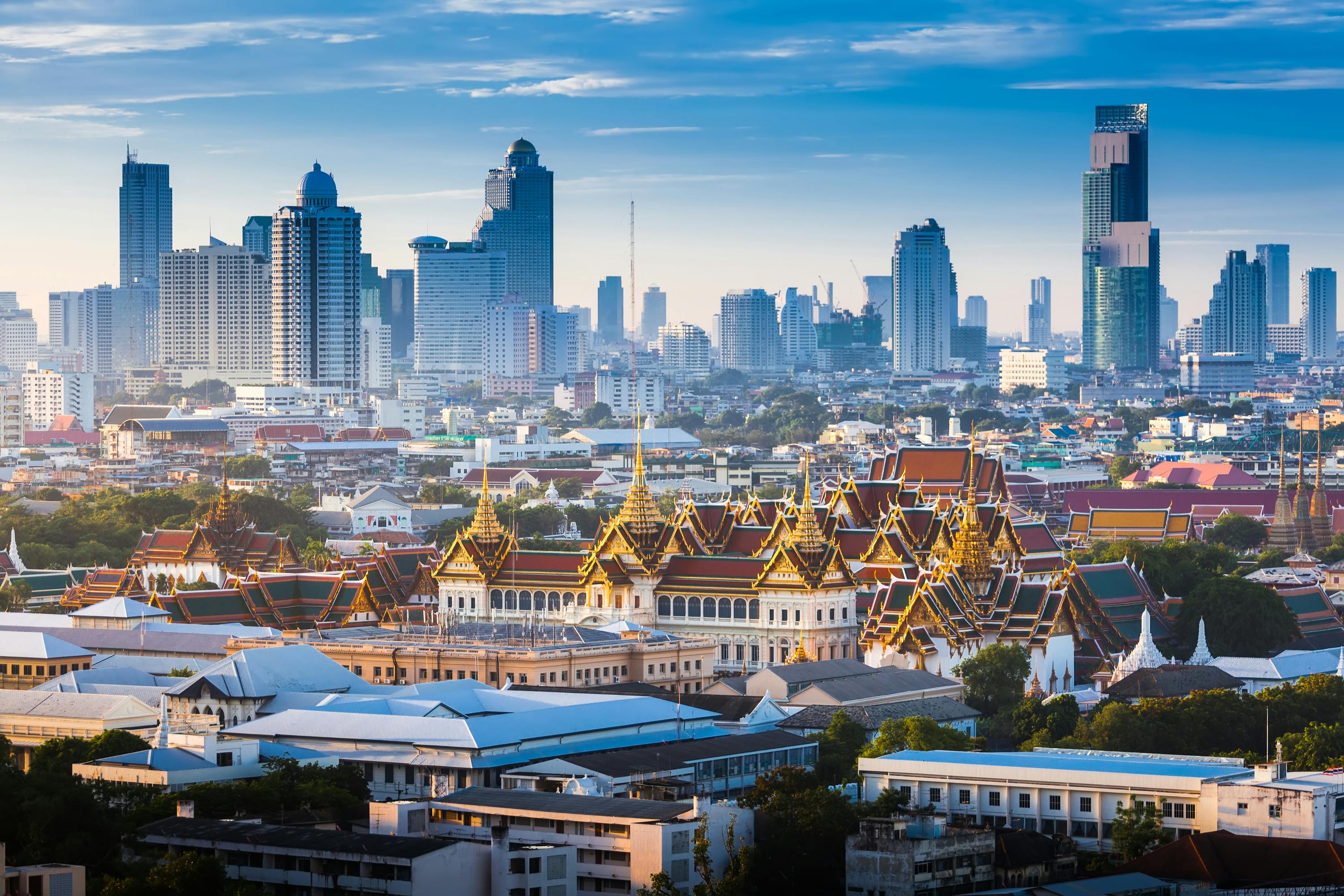 Bangkok
Bangkok Abu Dhabi
Abu Dhabi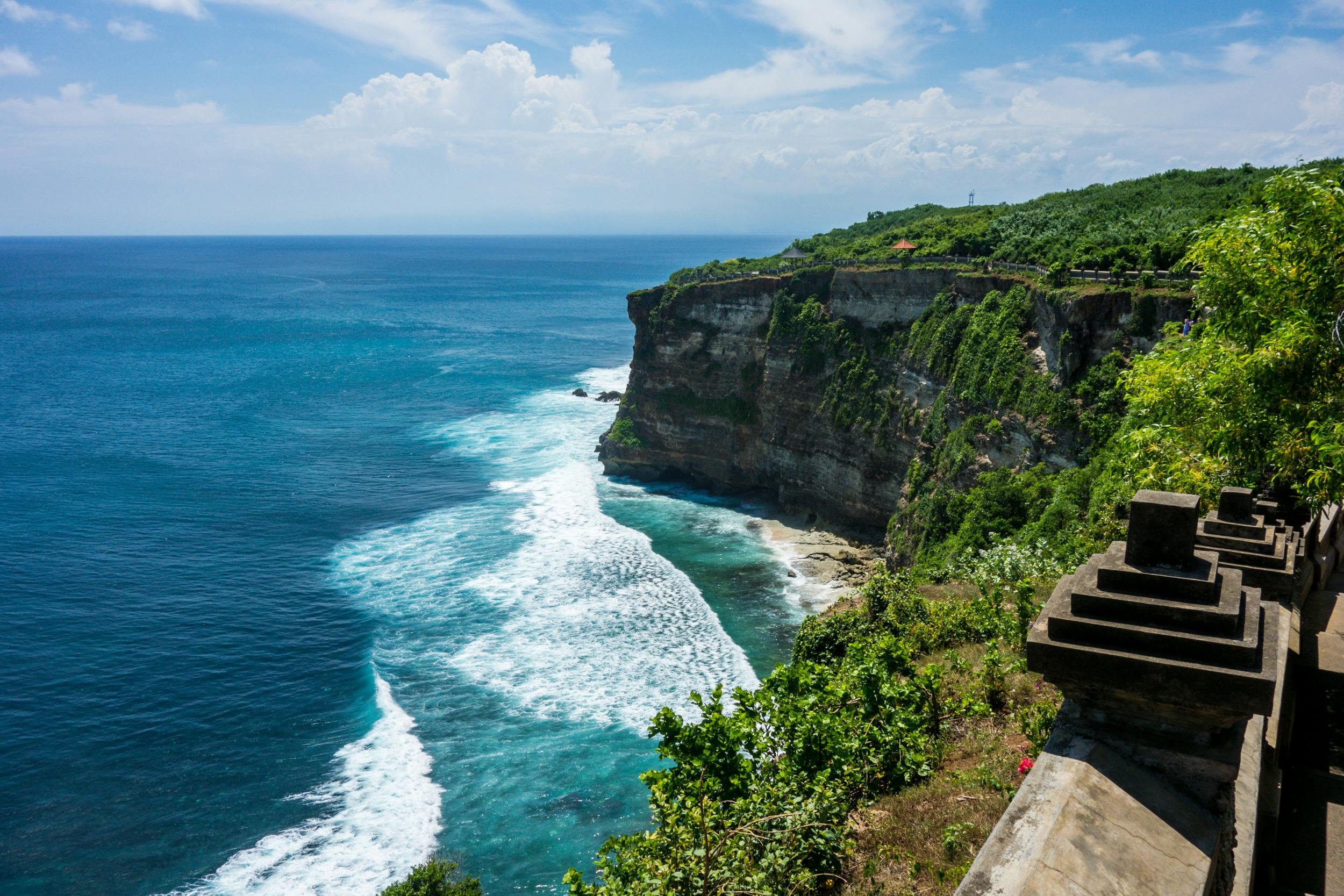 Bali
Bali Melbourne
Melbourne Phuket
Phuket Sydney
Sydney Cairns
Cairns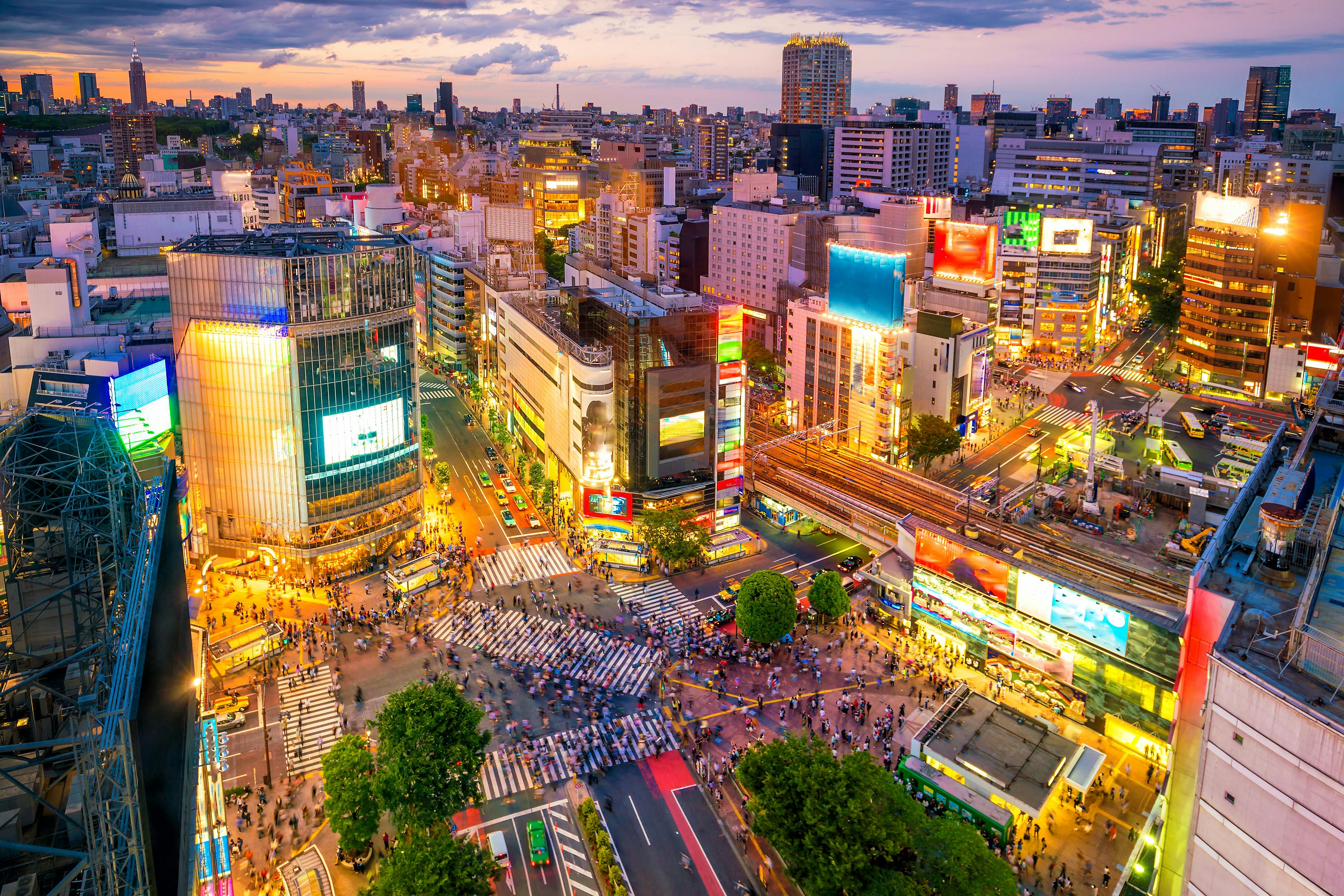 Tokyo
Tokyo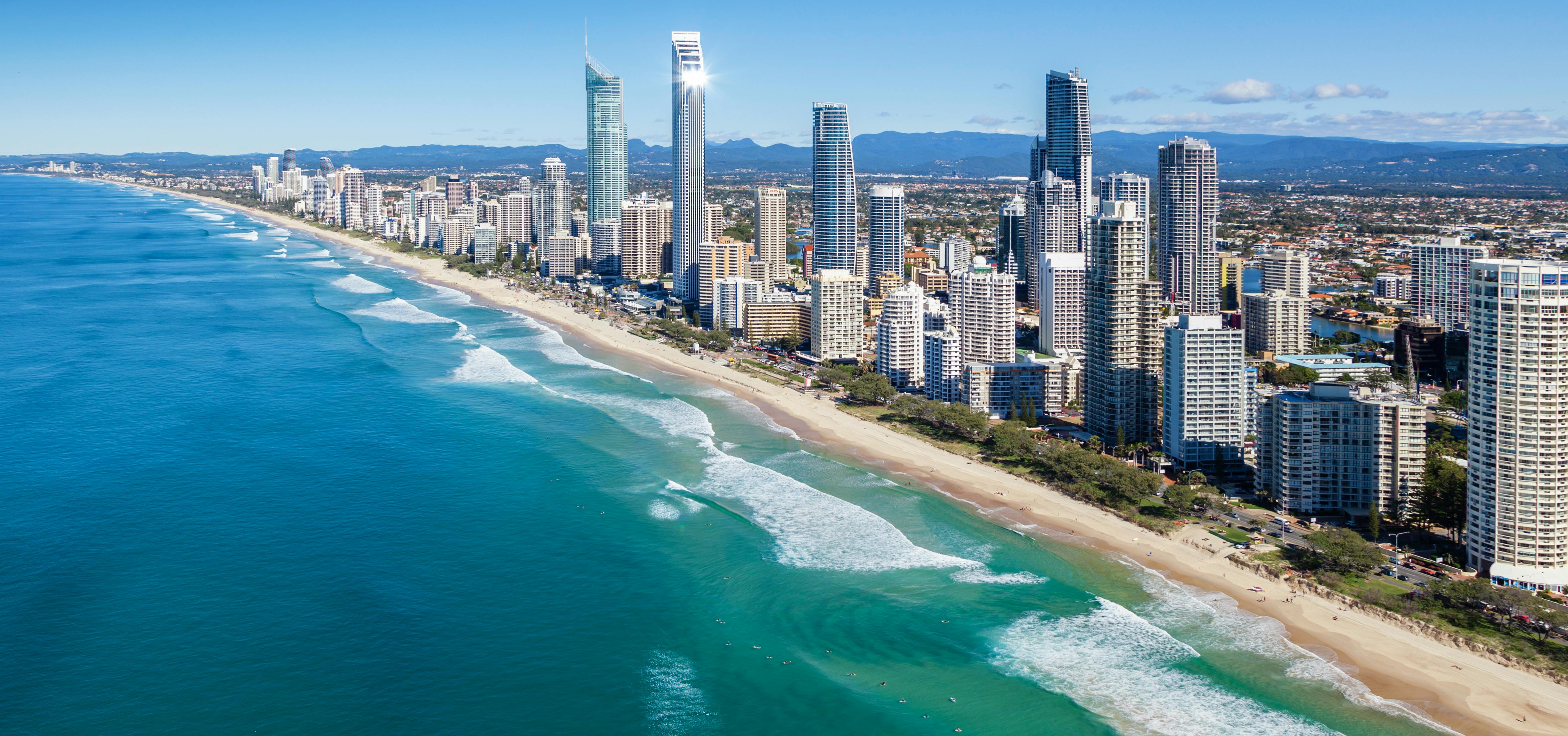 Gold Coast
Gold Coast Singapore
Singapore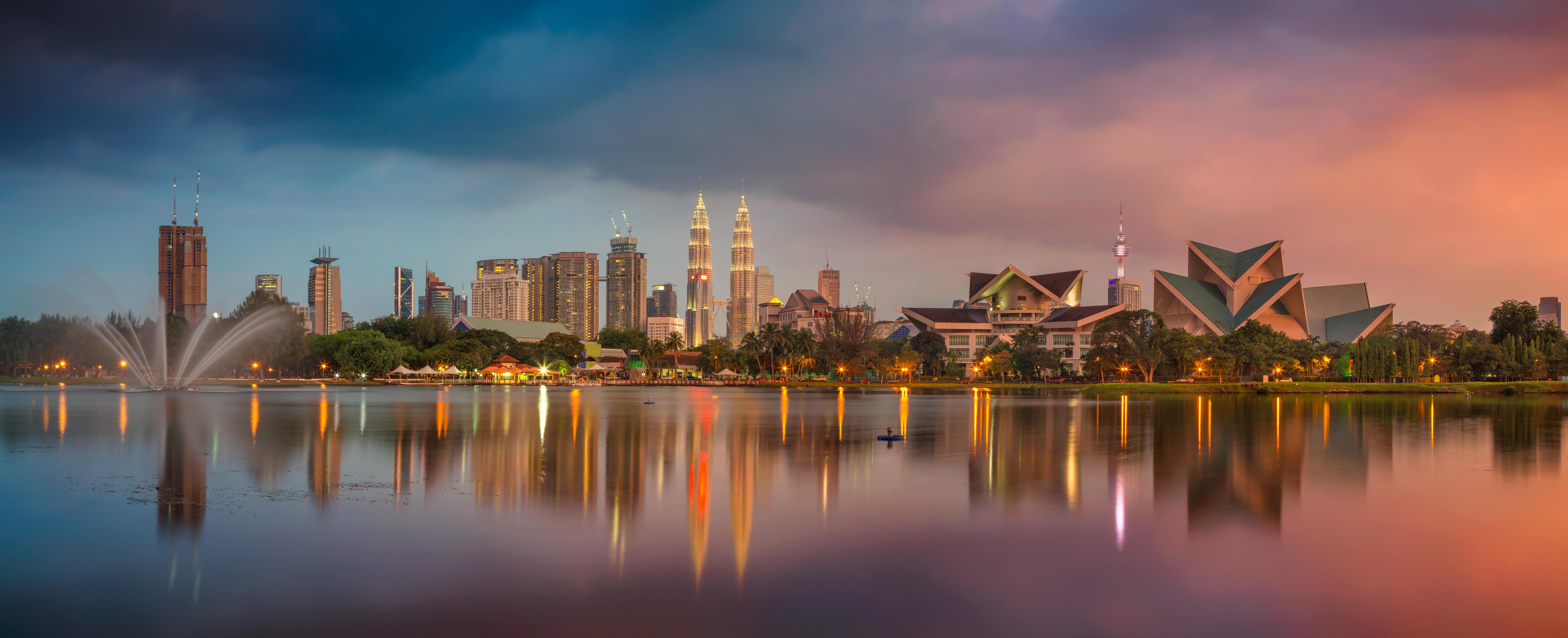 Kuala Lumpur
Kuala Lumpur Louvre Tickets
Louvre Tickets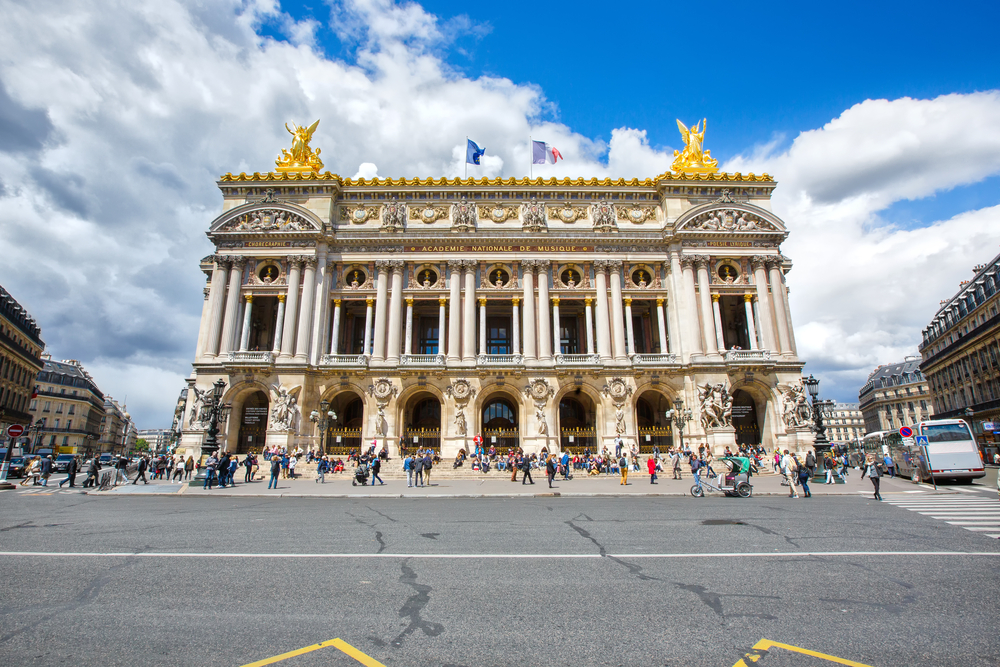 Opera Garnier Tickets
Opera Garnier Tickets Park Güell Tickets
Park Güell Tickets Sagrada Familia Tickets
Sagrada Familia Tickets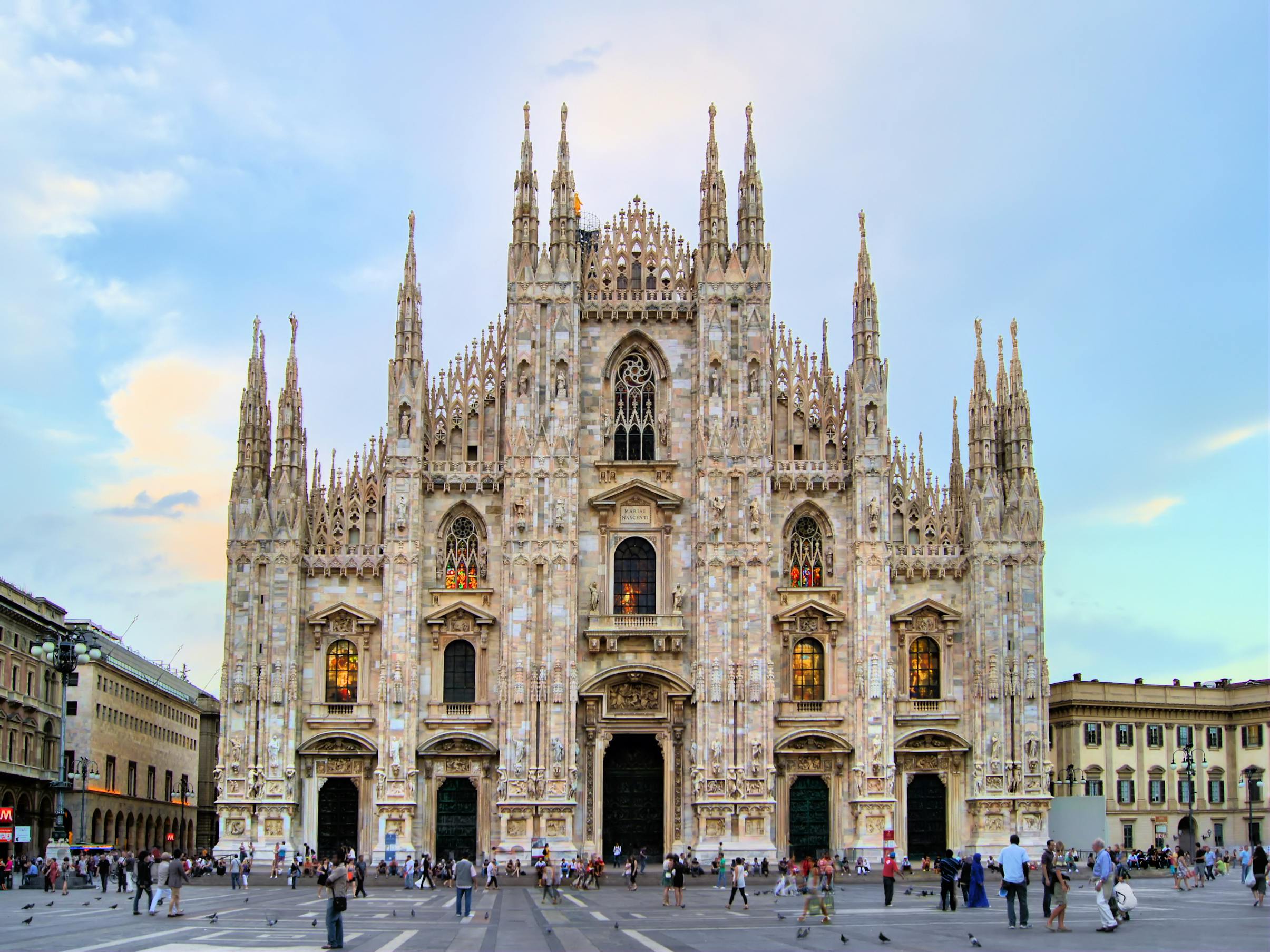 Milan Cathedral Tickets
Milan Cathedral Tickets Colosseum Tickets
Colosseum Tickets Vatican Museums Tickets
Vatican Museums Tickets Versailles Tickets
Versailles Tickets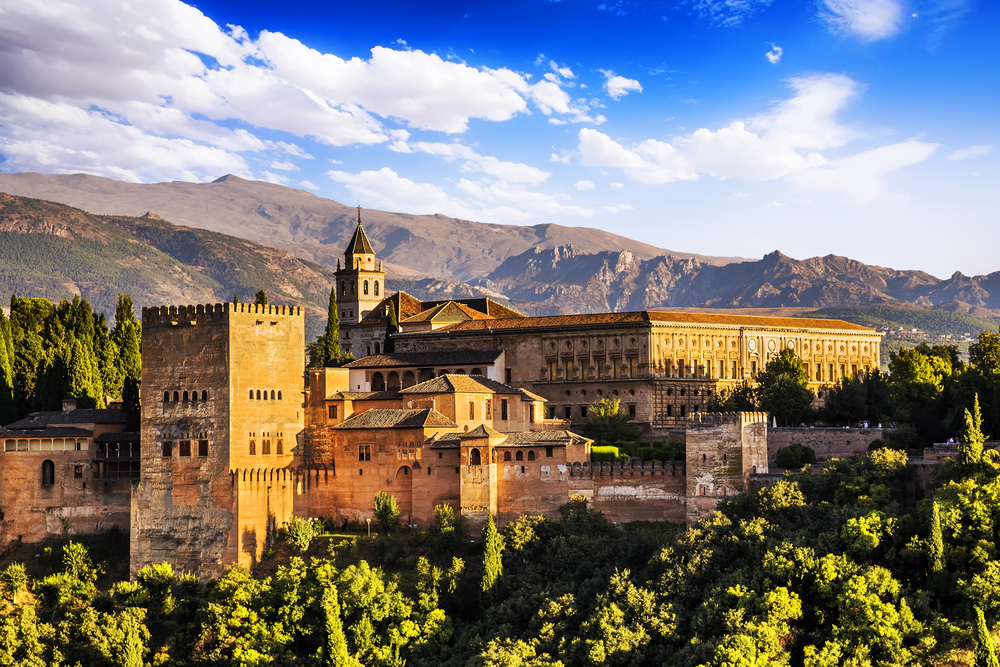 Alhambra Tickets
Alhambra Tickets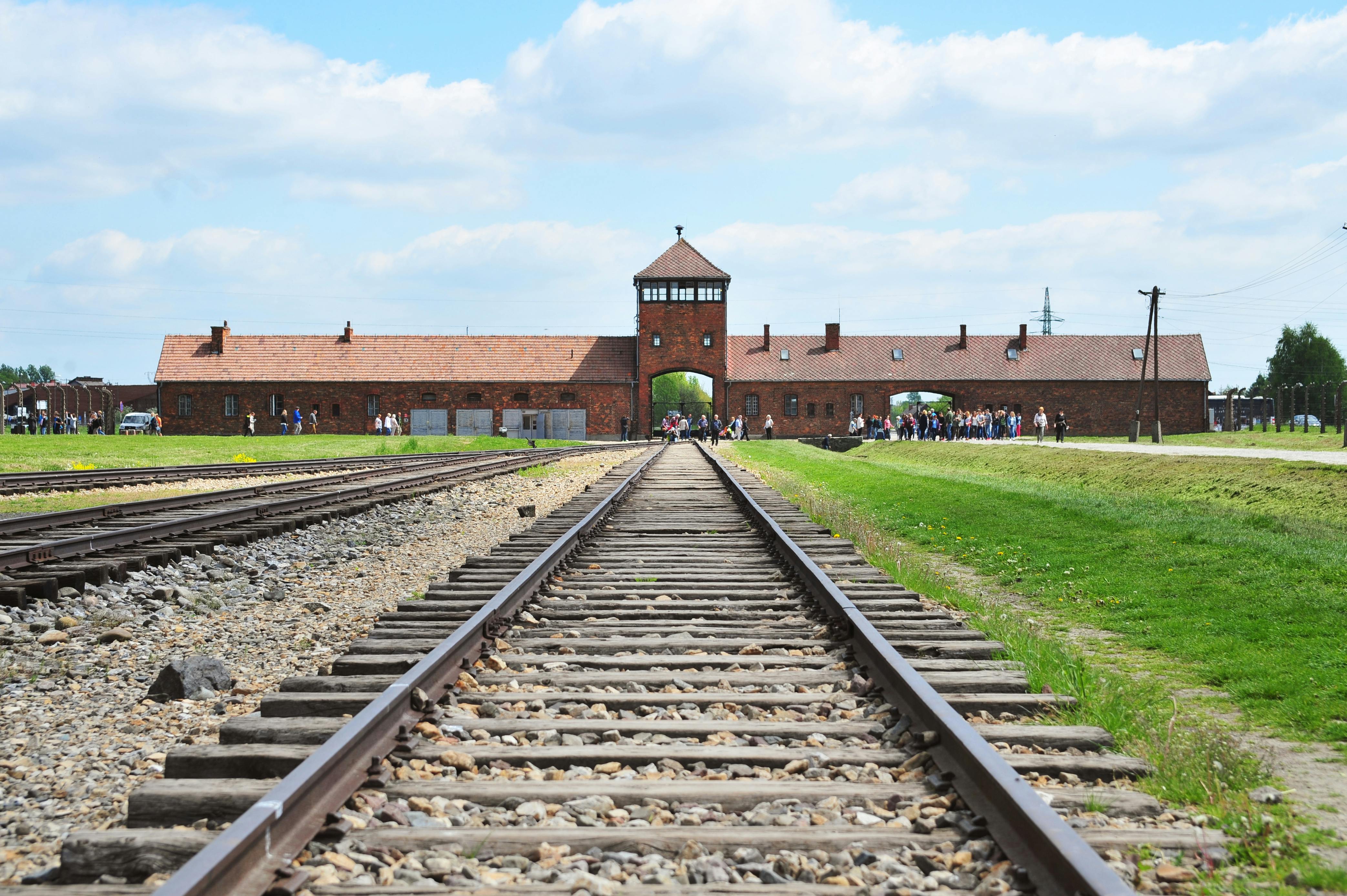 Auschwitz Tickets
Auschwitz Tickets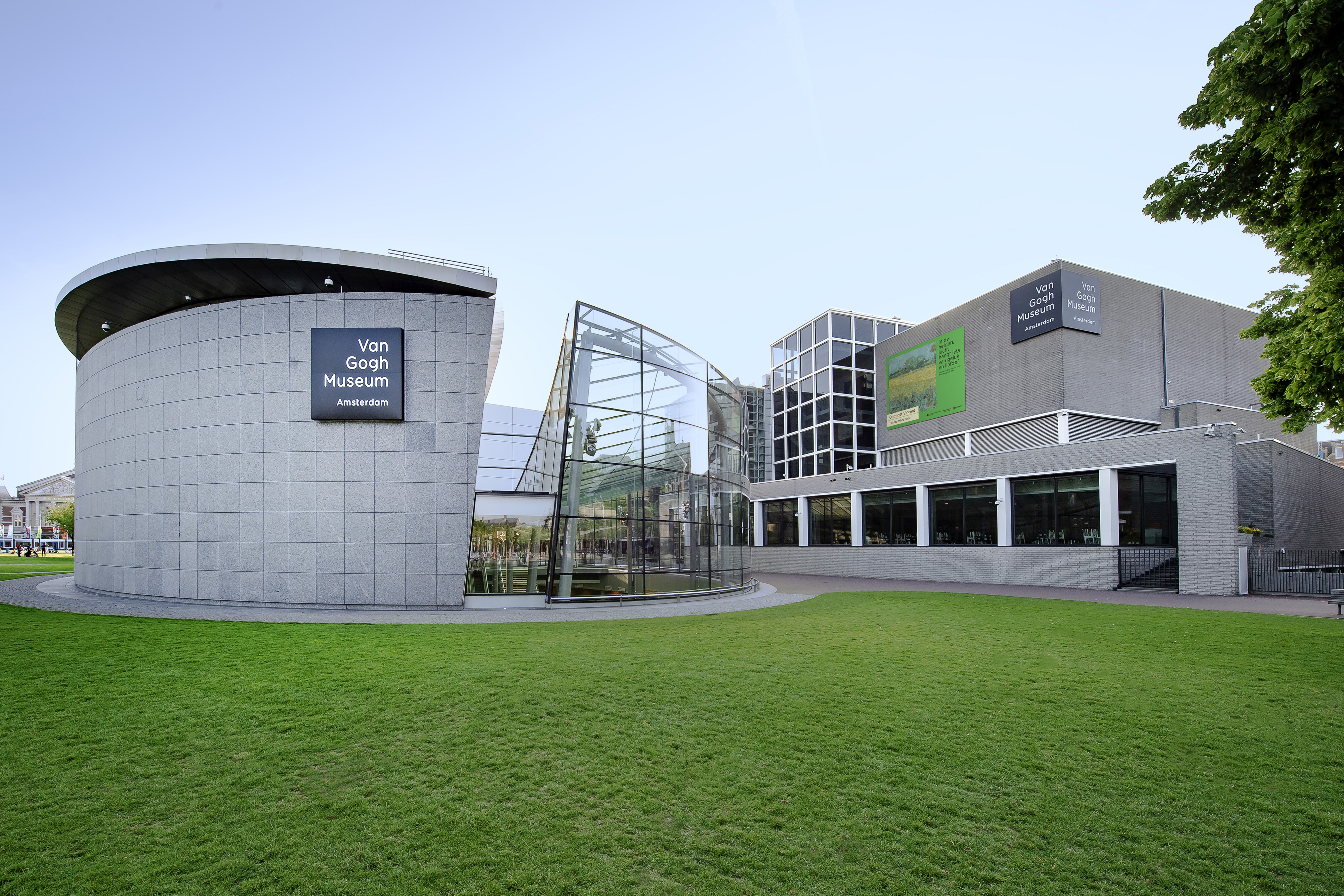 Van Gogh Museum Tickets
Van Gogh Museum Tickets Casa Batllo Tickets
Casa Batllo Tickets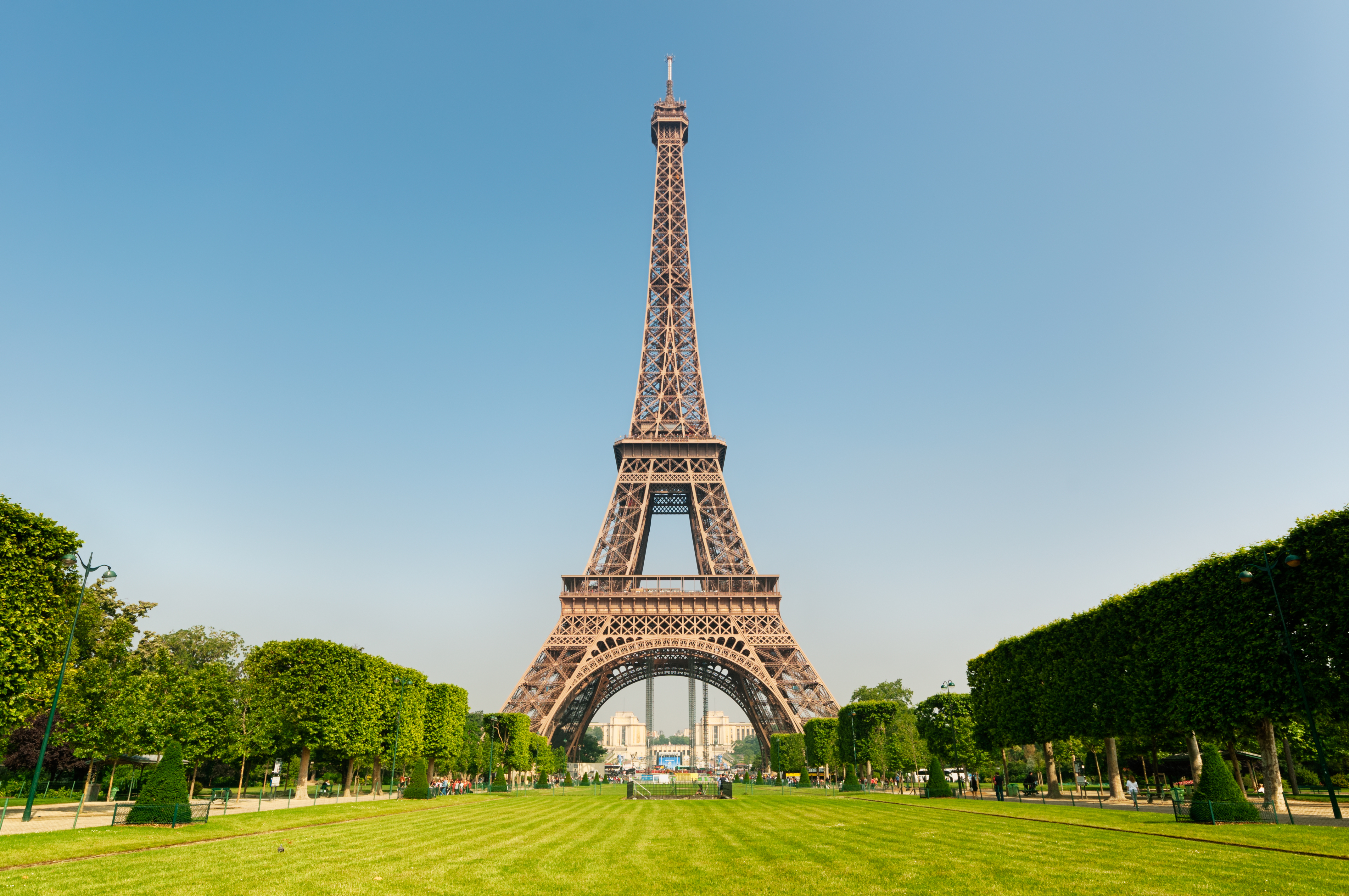 Eiffel Tower Tickets
Eiffel Tower Tickets Disneyland Paris Tickets
Disneyland Paris Tickets Accademia Gallery Tickets
Accademia Gallery Tickets Barberini Palace Tickets
Barberini Palace Tickets Porto Cathedral Tickets
Porto Cathedral Tickets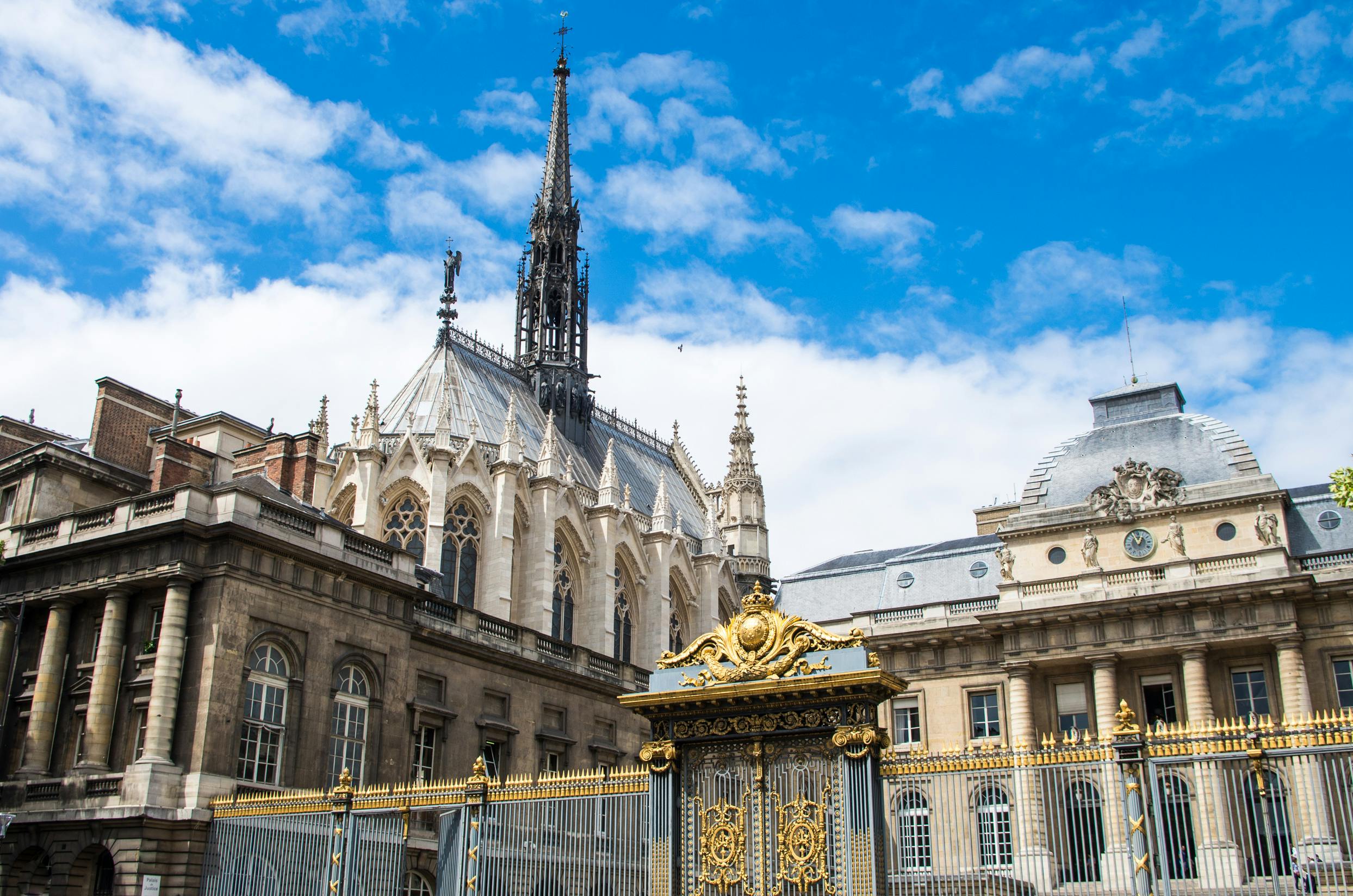 Sainte-Chapelle Tickets
Sainte-Chapelle Tickets